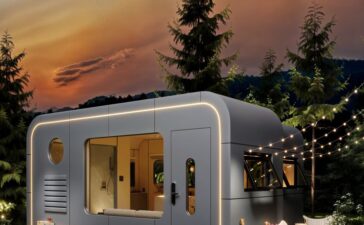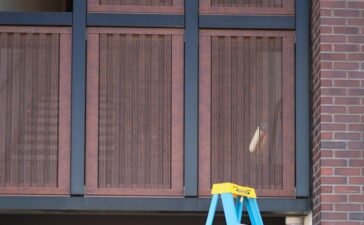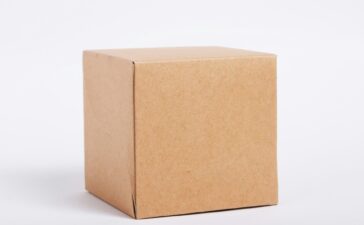Flooring is a foundational element of interior design that not only serves practical purposes but also plays a significant role in shaping the visual appeal and ambience of a space. As innovation continues to reshape the world of architecture and design, hybrid flooring has emerged as a revolutionary option that seamlessly marries the best of various flooring materials. This essay delves into the multifaceted benefits of hybrid flooring, exploring how it strikes an ideal balance between aesthetics, durability, and versatility.

Hybrid flooring, also known as an engineered vinyl plank (EVP), is a cutting-edge flooring solution that amalgamates the strengths of multiple materials. It typically consists of a multilayer construction, with a rigid core layer made of materials such as limestone composite or high-density fiberboard. This core layer lends stability and resistance to moisture, ensuring that Geelong hybrid flooring can be installed in spaces prone to humidity, such as kitchens and bathrooms. The surface layer, often a luxury vinyl print, replicates the appearance of natural materials like hardwood or stone, offering a captivating visual appeal.
One of the standout benefits of hybrid flooring is its exceptional durability. The rigid core layer provides resistance against indentation, impact, and wear, making it suitable for areas with high foot traffic, including commercial spaces. Unlike traditional hardwood flooring, which can be susceptible to dents and scratches, hybrid flooring maintains its pristine appearance even in demanding environments. This durability translates into long-term cost savings, as the need for replacements and repairs is significantly reduced. Moreover, hybrid flooring’s resistance to moisture is a game-changer. Traditional hardwood flooring can warp or deteriorate when exposed to excessive moisture, limiting its applicability in spaces prone to spills or high humidity levels. Hybrid flooring’s waterproof properties open up new possibilities for its usage in bathrooms, kitchens, and other areas where moisture resistance is essential.
While durability is a crucial factor, aesthetics also play a pivotal role in flooring choices. Hybrid flooring excels in this regard by offering a wide array of design options that cater to diverse design preferences. The surface layer’s advanced printing technology allows for intricate replication of natural textures, patterns, and colours, ensuring that the flooring closely resembles materials like hardwood or stone. This attention to detail enables designers and homeowners to achieve their desired aesthetic without compromising on durability. Furthermore, hybrid flooring’s versatility extends beyond its appearance. Its ability to be installed in a variety of settings, including those with uneven subfloors, adds to its appeal. The option for both floating and glue-down installation methods enhances its adaptability to different spaces and design visions.

Hybrid flooring’s low-maintenance nature is another key advantage. Unlike natural hardwood or stone flooring that might require specialized cleaning agents and regular maintenance, hybrid flooring can be easily cleaned using simple methods such as sweeping, vacuuming, and occasional damp mopping. This convenience is particularly valuable in busy households and commercial spaces. From an environmental perspective, hybrid flooring presents a responsible choice. Many manufacturers prioritize using recycled materials in their production processes, and the durability of hybrid flooring reduces the need for frequent replacements, thereby contributing to resource conservation.





